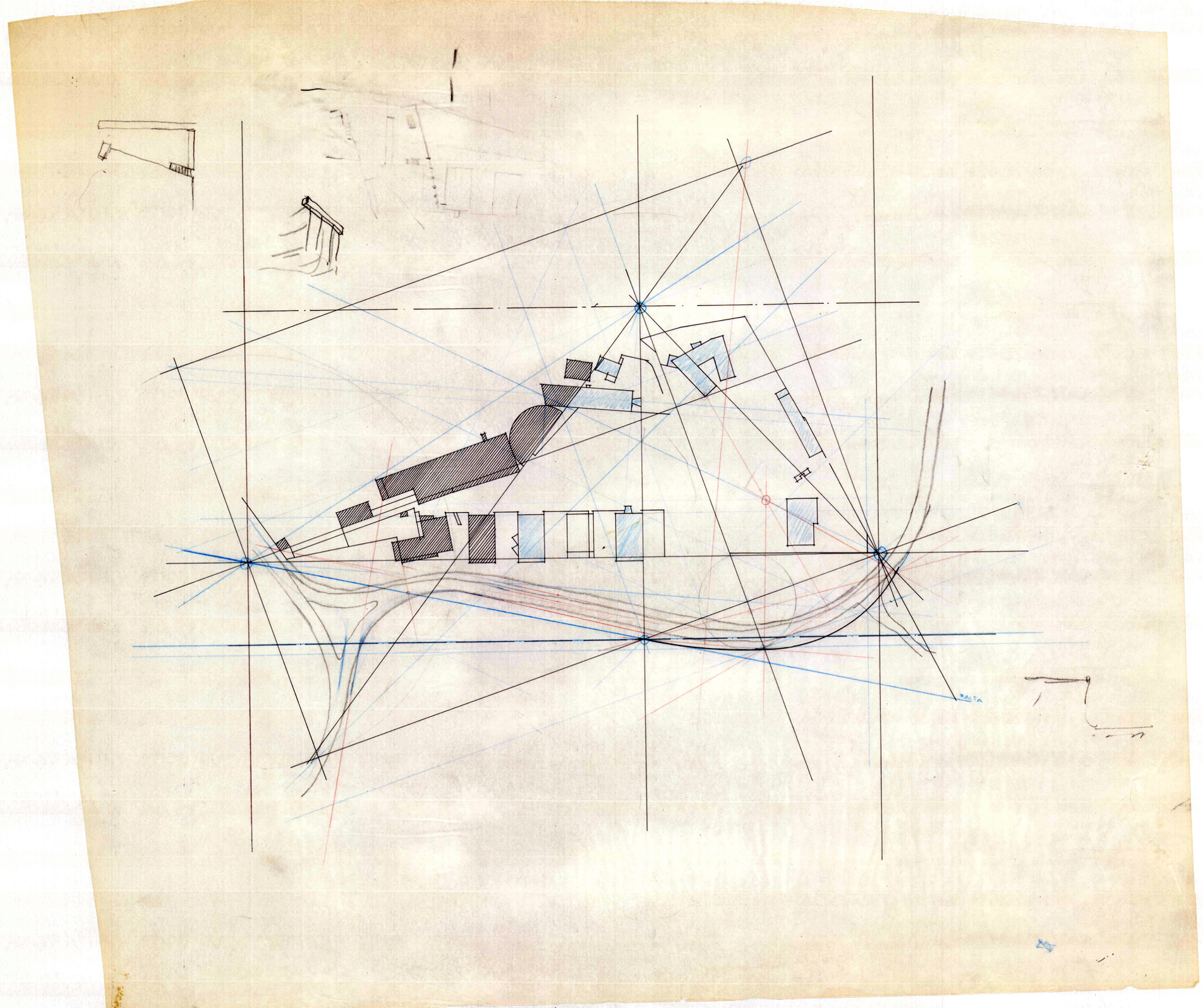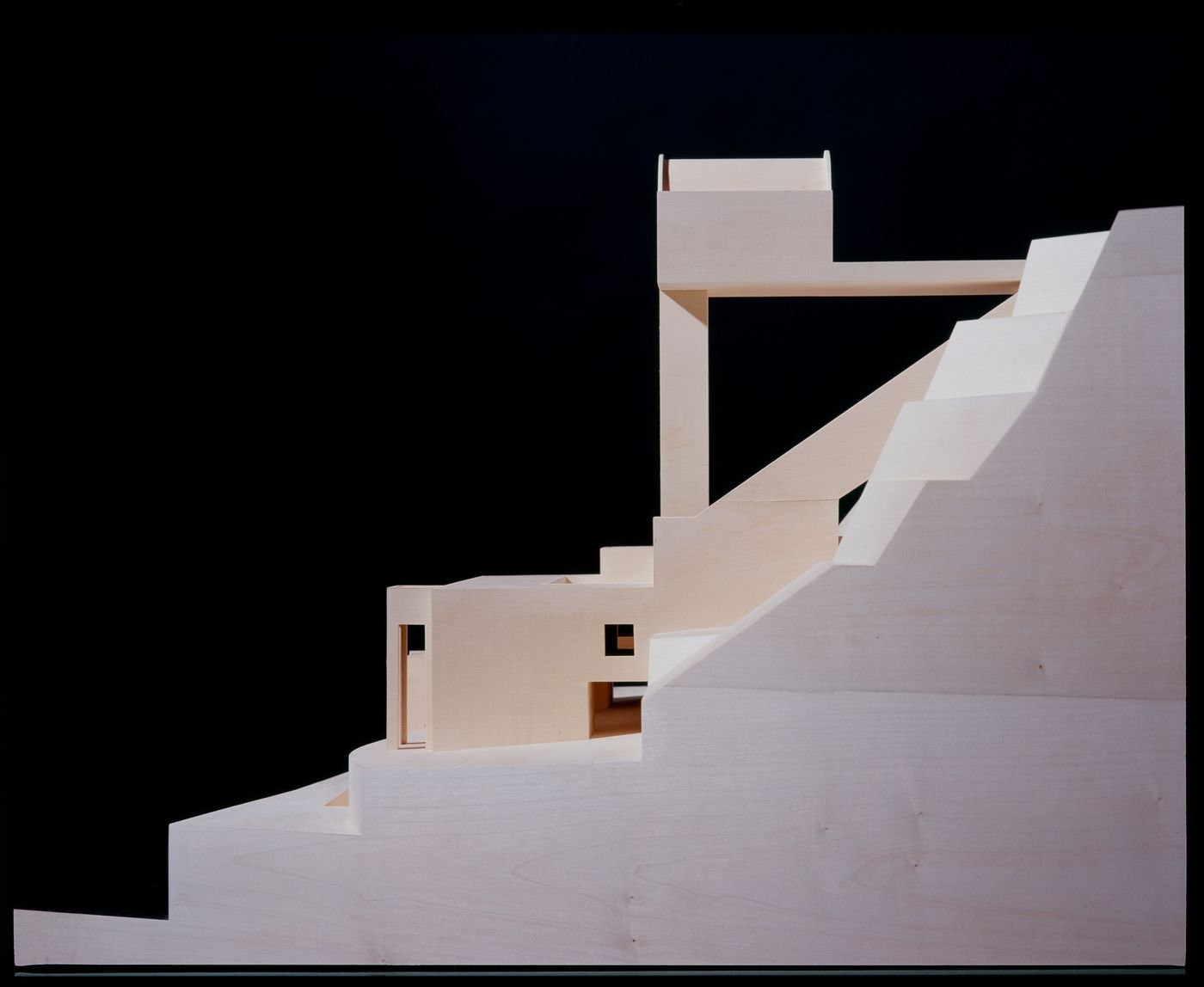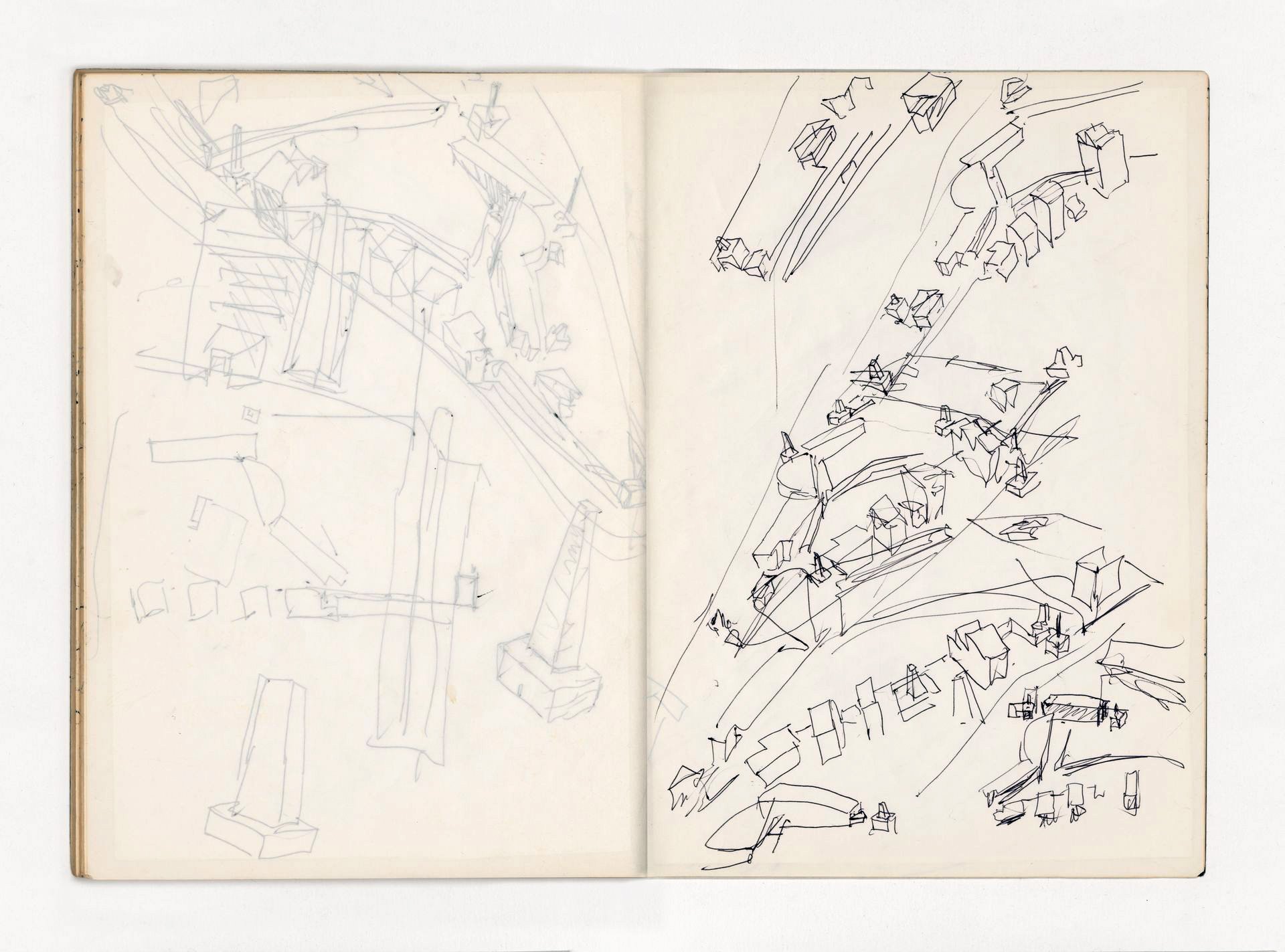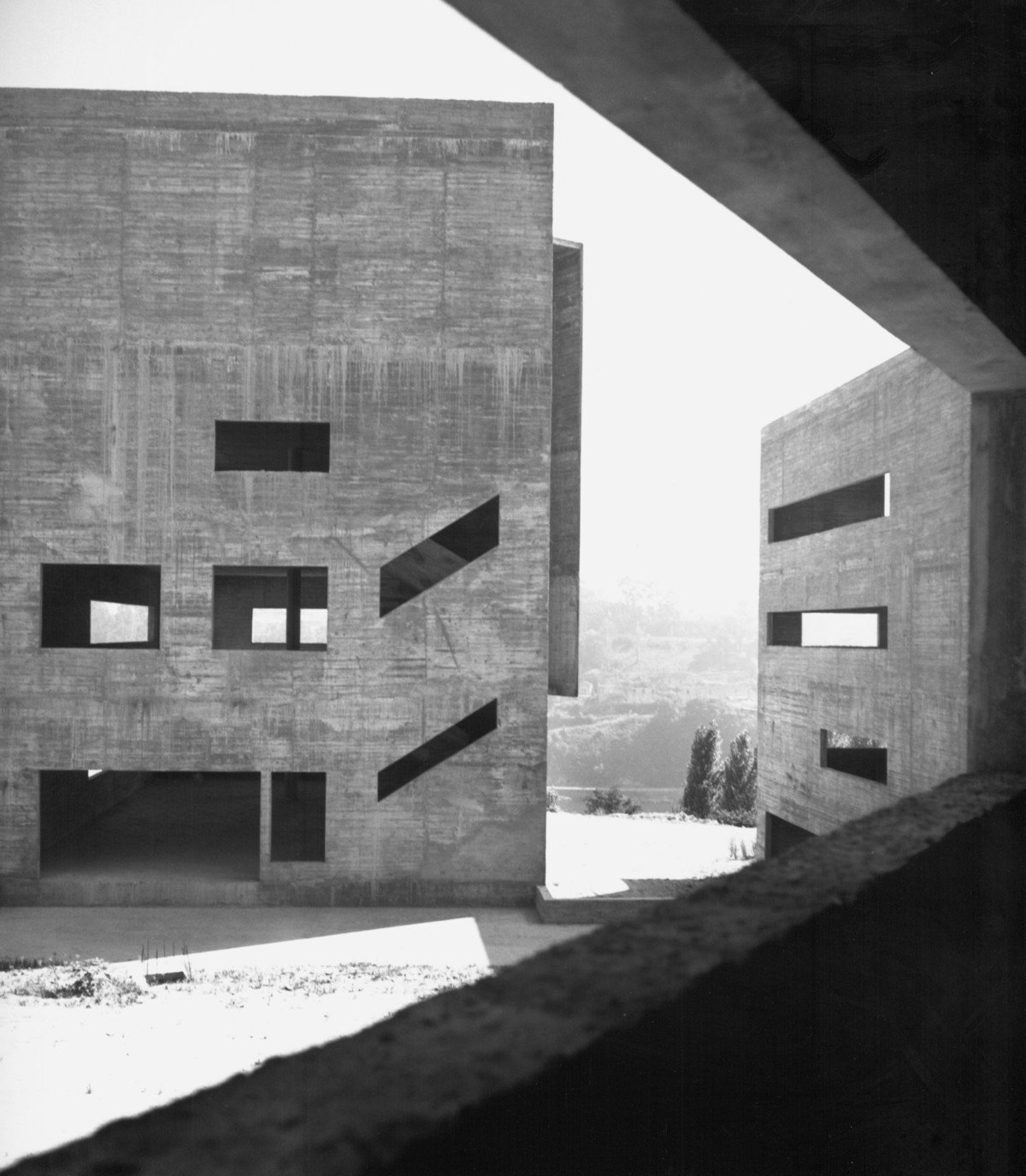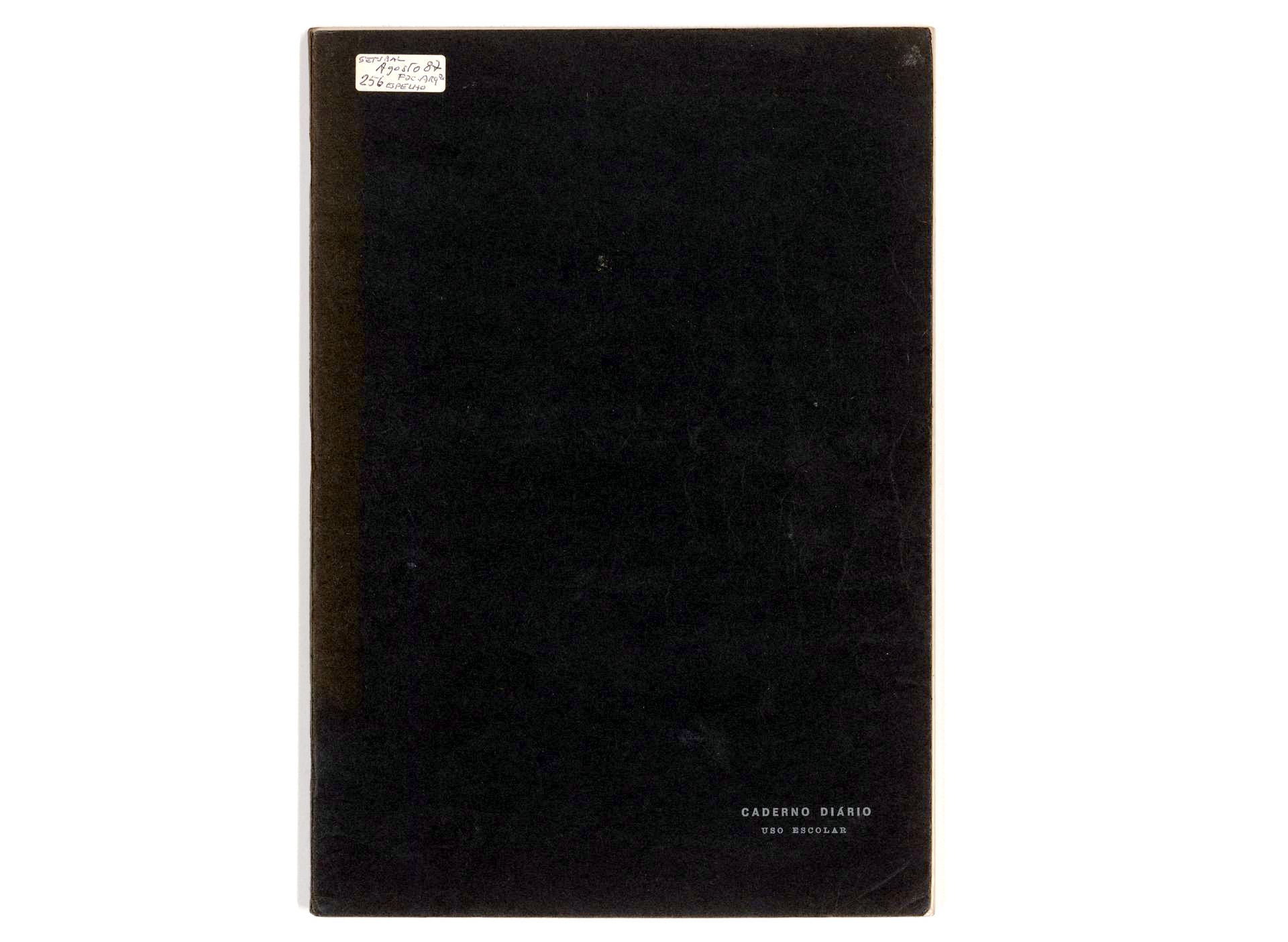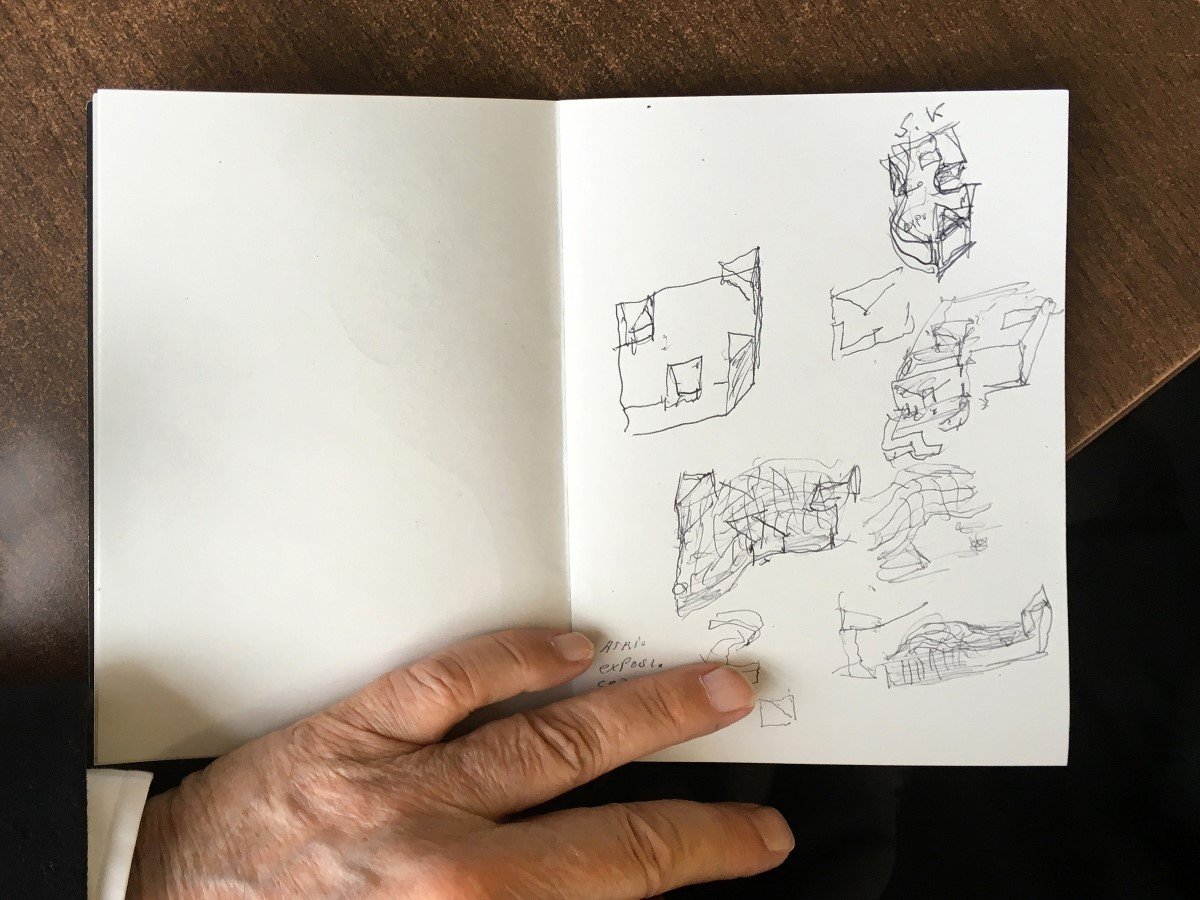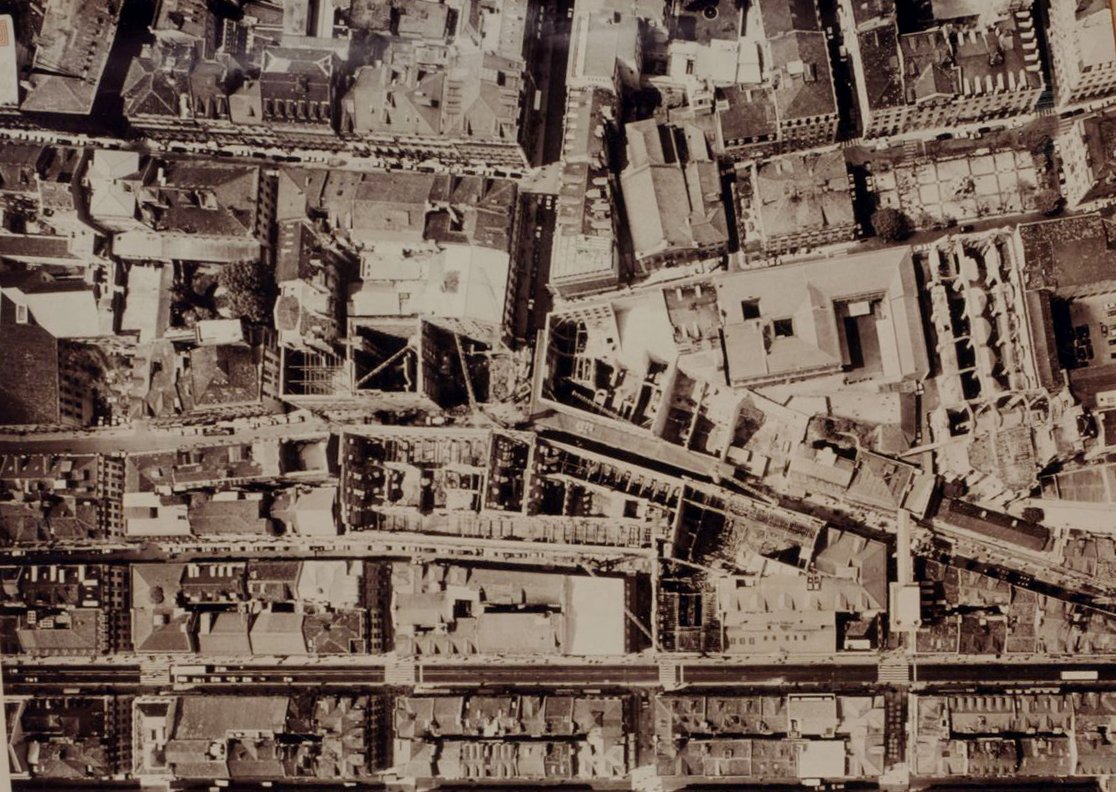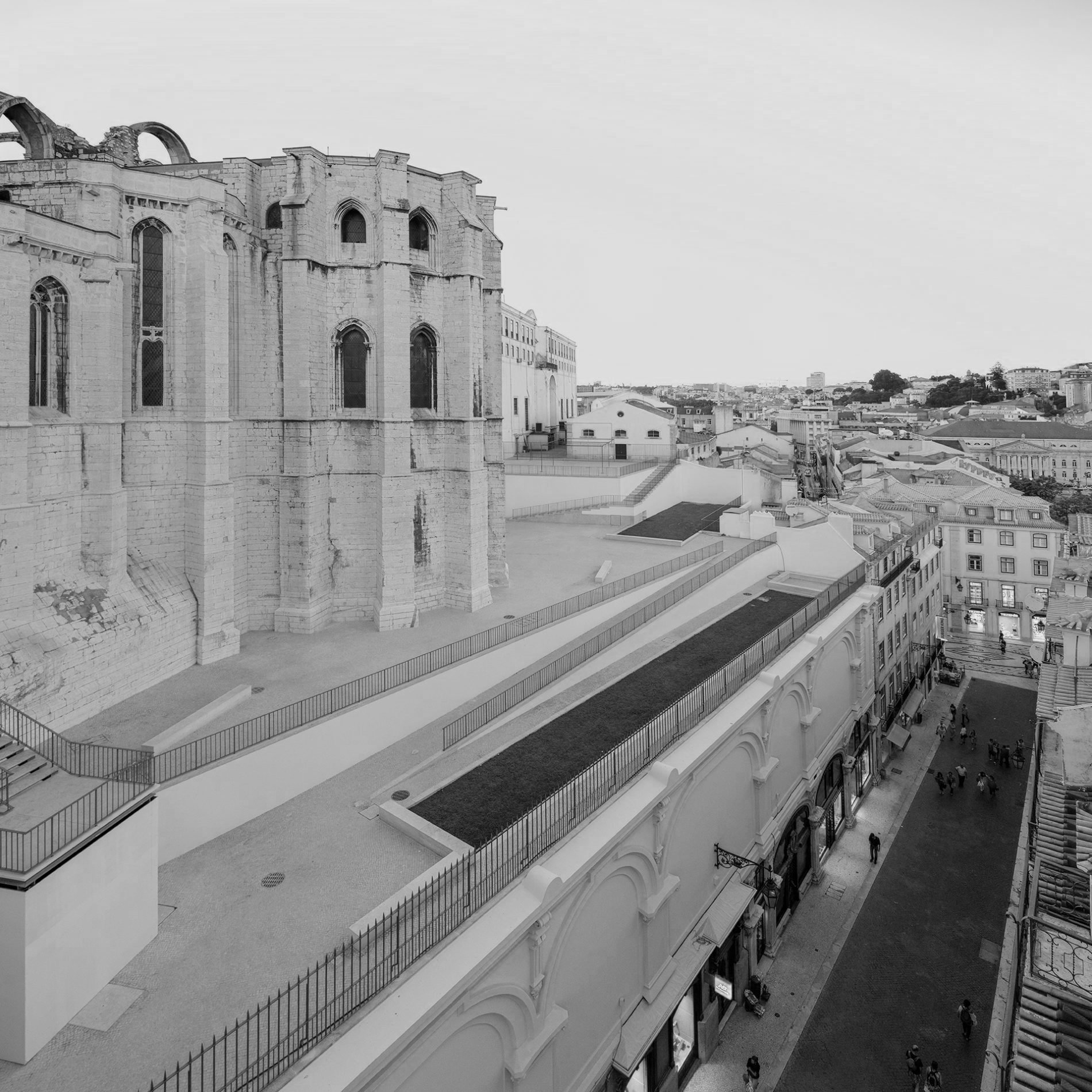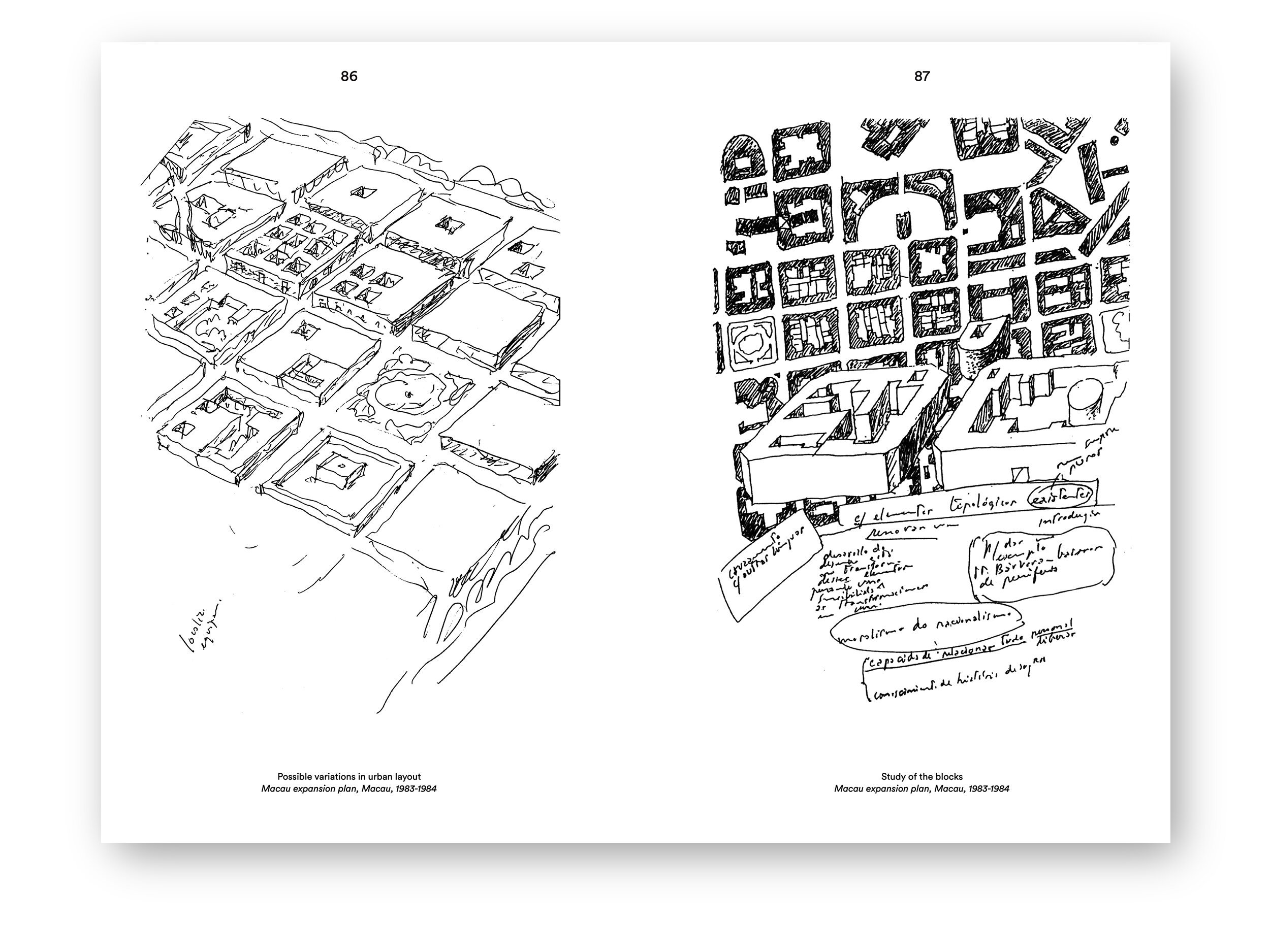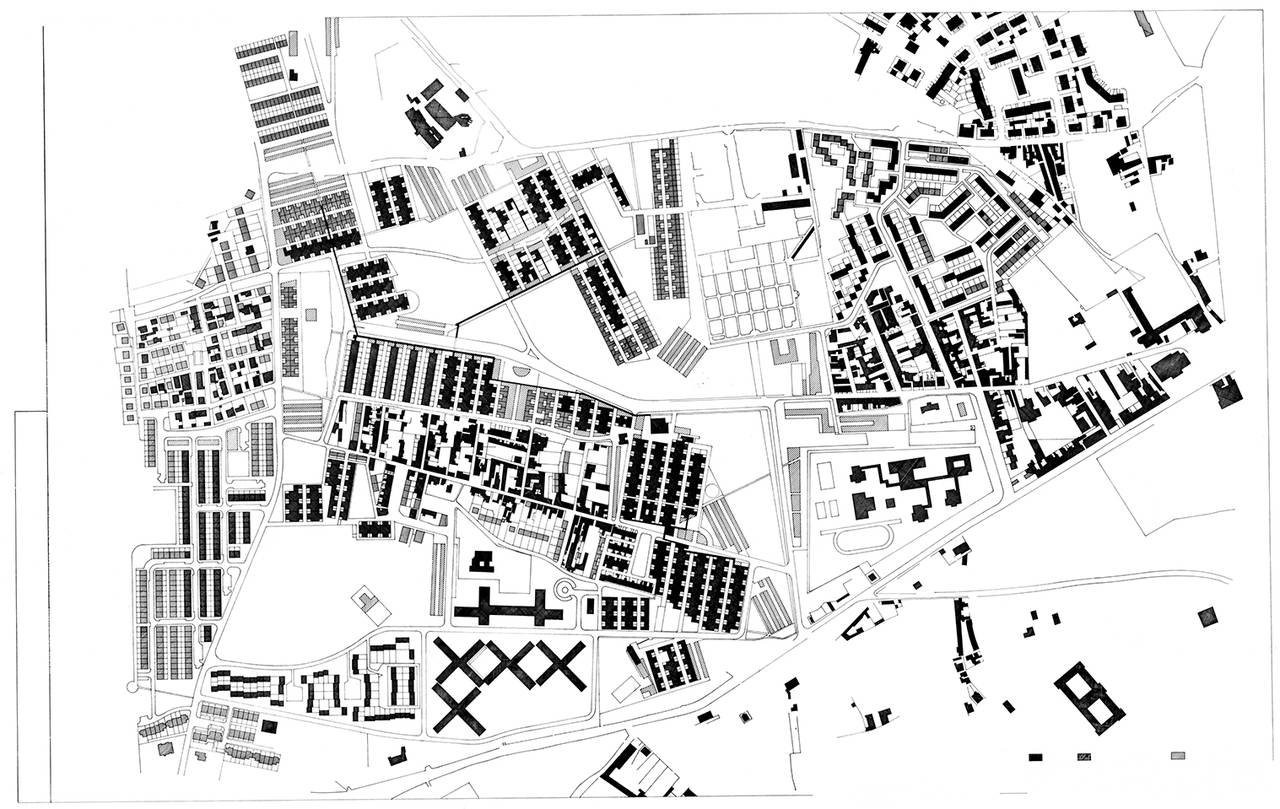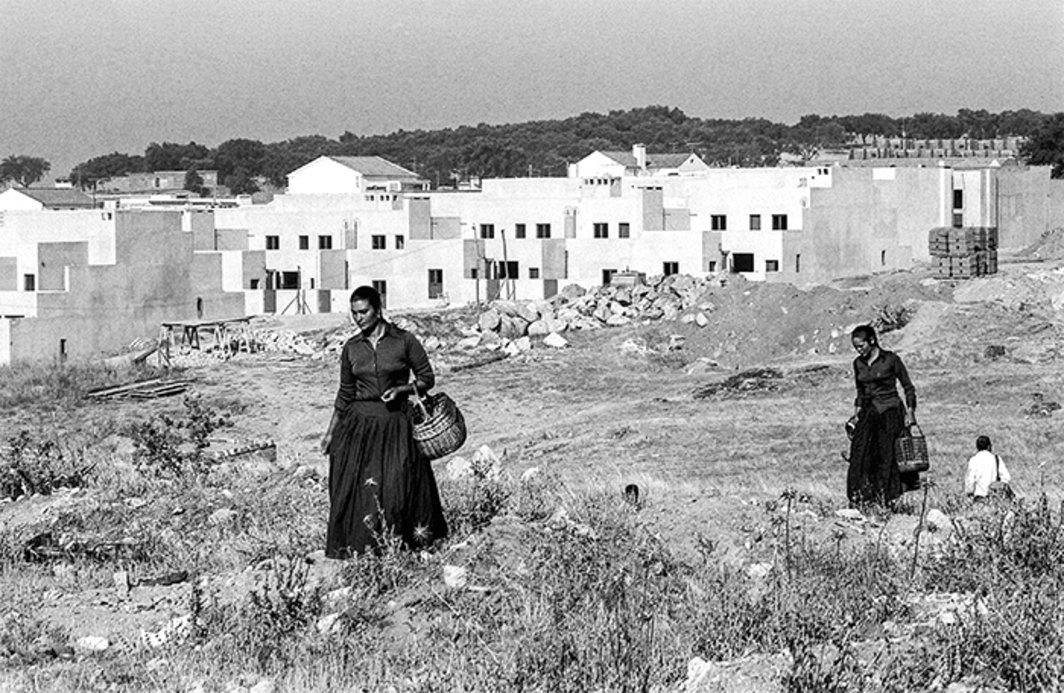Imagining the Evident
Peter Testa
Álvaro Siza, Quinta da Malagueira, Residential District, Evora. Photo: Roberto Collova.
.... ..[Texto original em Inglês]....
“What most resonates with the writings in ‘Imagining the Evident’ is Siza’s commitment to new ways of seeing as the first means by which architecture becomes speculative.”
The office, as I first came to know it in 1984, occupied a U-shaped wooden pavilion above a garage; and hidden behind a non-descript office block on the Rua d’Alegria in the center of Porto. At that time, we were five or six young collaborators working on an ad-hoc collection of drafting tables. There was no receptionist, secretary, computers, plotters, or any of the things that make up the contemporary office landscape. Drawings were produced with high precision using ink on canson paper - intolerant of mistakes. Siza did not have a set space but was, as I remember, always in motion.
A hybrid of artist studio, artisan’s workshop, drafting room, and archive the salient impression was that of a chantier – a temporary office set up on the building site of some impossible project. This was a veritable nomadic office. A provisional space able to absorb the presence of builders, artisans, manufactures, students, material suppliers, journalists, and clients.
The Siza office offered another take on interdisciplinarity – a genericity where architecture, the disciplines, and crafts are on an equal footing; and whose emphasis was on producing unstable integrative objects that are never finished.
Siza worked with a single collaborator assigned to one or more projects.
He invariable initiated projects with drawings and annotations taken from his infamous Caderno Preto – the black A4 notebooks that he was never without.
These drawings were paired with other drawings, geometric matrices, and all sorts of models. Siza’s sketches are not impressionistic but lucid, precise and comprehensive much like his writing (in one case about “saying” and the other about “seeing”). Both his writings and sketches are allegorical; in that they illustrate or convey semi-hidden or complex messages. To read these drawings required a process of unlearning – an apprenticeship in learning to see free of interpretation.
Work proceeded not so much step by step but as an all-at-onceness in which all the elements are present at the outset – like wholes that cannot be taken apart – a syntax without synthesis that defines the special character of every Siza work.
In those years work literally extended onto building sites; where Siza continued to refine, adjust, and expand on the initial idea.
I recently had the opportunity to revisit the sketchbooks as guest curator in the Siza archive at the CCA, where there are 300 of something like 500 plus cadernos. This archive forms one of the largest collections of exploratory drawings of any architect in the history of the discipline.
What most resonates with the writings in “Imagining the Evident” is Siza’s commitment to new ways of seeing as the first means by which architecture becomes speculative. Siza’s interface and particular way of seeing has a latent multiplicity of perception — that we are just now beginning to grasp. In those days Siza was his own cloud and the Cadernos his portable flash drive.
Navigating Hybrid Cities
Turning more directly to “Imagining the Evident” – I would like to briefly highlight three stories that stand out for me. In the opening sentence in Navigating Through Hybrid Cities Siza writes “I have always had difficulty defining the boundary between plan and project.” This simple statement compresses decades of working on the city from the SAAL experience in Porto immediately after the revolution of 25 April 1974; to the reconstruction Plan for the historic core of Lisbon (shown here) after the devastating fire of 1988, where he relaunches the idea of the gaiola pombalina; and more recently re-established connections across the multiple strata of Lisbon’s core.
These works when seen with the expansion of Macau; involving two vast urban platforms detached from the coast; the Quinta da Malagueira social housing at Evora, designed and built over decades beginning in the 1970’s and his community-based projects from this period for the Hague; but also Venice, and Berlin, Siza’s trajectory describes the most complex praxiography of the architecture of the city post CIAM, Rossi and the La Tendenza.
Álvaro Siza, Two Houses and Two Shops, The Hague. photo JMR
The Church
The second topic addresses the idea of transforming conventions. In particular, the pieces simply titled House and Church speak to an idea of architecture as both artistic and cultural practice.
Discussing the Marco de Canaveses church, one of several masterpieces in this small book, Siza articulates the complex and uncertain process of addressing changes in both liturgy and society and their pressure on conventional architectural elements and models of space that make up a church.
Transformations that ultimately lead to an inversion of the apse – which in the Marco Church is no longer concave but convex. In Siza’s words “an intuition – to preserve the relationship between the objects and movements that are part of the celebration – the Church took on the form of a negative sculpture – in which relationships of continuity and tension were established between the various parts.”
In this piece Siza lucidly articulates an idea of architecture as a rule bound representational form – artistic in that it is an art of its own; and cultural since it has rules and is its own representational genre. Speaking to his overarching idea – “To Repeat is Never to Repeat” – while the elements of architecture are known the outcome is open from the beginning so as to produce something that cannot be known beforehand.
Essentially
Essentially, the last piece in the book, uses his vast but still relatively little-known furniture as a vehicle to probe the limits of design. A great aphorism is his statement: “My main concern when designing, let’s say a chair, is it should look like a chair. That is the main issue.”
Álvaro Siza, Pavilion Camerich, Shanghai
Moving towards serial production of furniture he remarks “the quality of the result depends on the pursuit of both autonomy and the ability to establish relations”. Siza defines banality as “availability in continuity”— articulating the paradox that solitude in the world is the condition of distinction for belonging to an aggregate.
Álvaro Siza, Pavilion Camerich, Shanghai
As is often the case in these texts Siza speaks to new configurations of time-sequencing and history and tries to liberate architectural knowledge by using its generic potential. Essentially, he posits the paradoxical idea that a great work of art must be at once generic and yet contain something absolutely unique – at once banal and sensational.
While the Siza office has over the years changed and the scope of his work extends to five continents – the ethics and ideas that animate Imaging the Evident resonate with his contemporary work and are highly relevant to the problem situation in architecture today.
Peter Testa
Los Angeles, October 7, 2021
Imagining the Evident / Álvaro Siza
The referential book by Álvaro Siza on his own work, in its first English edition. Describing some of his projects, his expectations and struggles, references and decisions, this book is a fundamental contribution to the understanding of Álvaro Siza’s architectural thinking.



